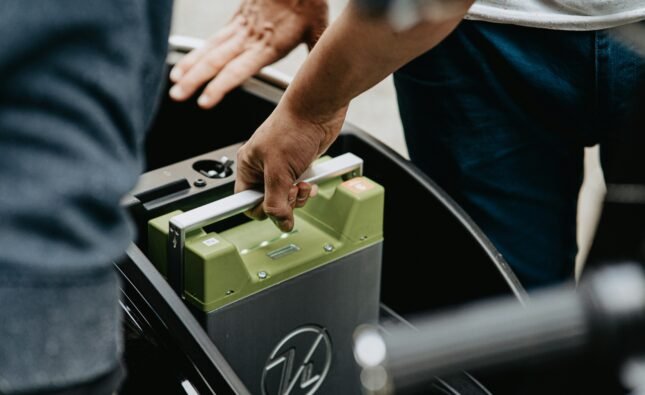As electronic devices evolve toward greater speed, miniaturization, and performance, the demands placed on printed circuit boards (PCBs) have grown exponentially. Among the many technologies pushing this transformation, high frequency PCBs and LGA (Land Grid Array) modules are critical components—particularly in RF systems, data centers, and high-performance computing.
This article explores how high frequency PCBs directly impact the performance, reliability, and signal integrity of LGA modules, and offers best practices for design engineers working with both technologies.
What Are High Frequency PCBs?
High frequency PCBs are circuit boards designed to operate at frequencies typically above 500 MHz, often reaching into the GHz range. These boards use specialized substrates—such as PTFE, Rogers, or ceramic materials—to minimize dielectric loss, improve signal transmission, and maintain impedance control.
Key characteristics:
- Low dielectric constant (Dk)
- Low dissipation factor (Df)
- Tight impedance tolerance
- High thermal stability
Understanding LGA (Land Grid Array) Modules
An LGA module is a type of surface-mount packaging for integrated circuits. Instead of pins or balls like BGA or PGA, LGA uses flat pads on the bottom of the package that make contact with corresponding lands on the PCB.
Advantages of LGA:
- Low profile and compact form factor
- Excellent electrical performance at high frequencies
- Robust mechanical contact with reduced inductance
However, LGA modules are particularly sensitive to PCB quality, especially in high-frequency applications.
Why High Frequency PCB Matters in LGA Applications
1. Signal Integrity
At high speeds, even small mismatches in impedance or trace geometry can introduce reflections, crosstalk, or signal loss. High frequency PCBs ensure consistent impedance and controlled dielectric behavior—critical for clean signal transmission between LGA contacts and the rest of the system.
2. Thermal Management
LGA modules often house high-performance chips that generate significant heat. High frequency PCB substrates often offer superior thermal conductivity and reduced thermal expansion, minimizing stress on the LGA solder joints and preventing early failure.
3. Mechanical Alignment
Since LGA packages rely on direct land-to-land contact, flatness and surface planarity of the PCB are essential. High frequency PCBs—especially those built with tight layer stack-up control—maintain precise tolerances that align properly with LGA pads, ensuring long-term mechanical and electrical reliability.
Design Considerations for Using High Frequency PCBs with LGA Modules
– Use Low-Dk Materials
Choose materials like Rogers 4350B, Isola I-Tera MT, or Taconic RF-35 to minimize signal loss across LGA pads and traces.
– Optimize Trace Layout
Route critical high-speed signals with uniform trace widths, proper spacing, and minimal via transitions. Use impedance calculators or simulation tools.
– Pay Attention to Pad Design
Design LGA pads with appropriate solder mask clearance, surface finish (ENIG or ENEPIG), and planarity to ensure strong, reliable connections.
– Test Thoroughly
Use high-frequency TDR (Time Domain Reflectometry) and functional testing to validate signal performance across LGA connections.
Conclusion
The synergy between high frequency PCBs and LGA modules is essential in applications where performance and precision are non-negotiable. From reducing signal degradation to improving mechanical reliability, a properly designed high frequency PCB can unlock the full potential of LGA technology.
For engineers designing RF modules, communication systems, or high-speed computing devices, investing in the right PCB technology is just as important as selecting the right chip package. And when it comes to pairing with LGA, high frequency PCBs are no longer optional—they’re a necessity.













